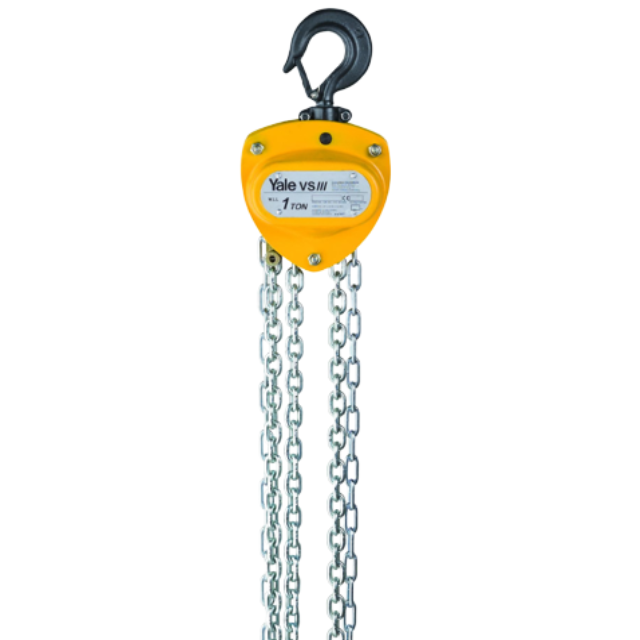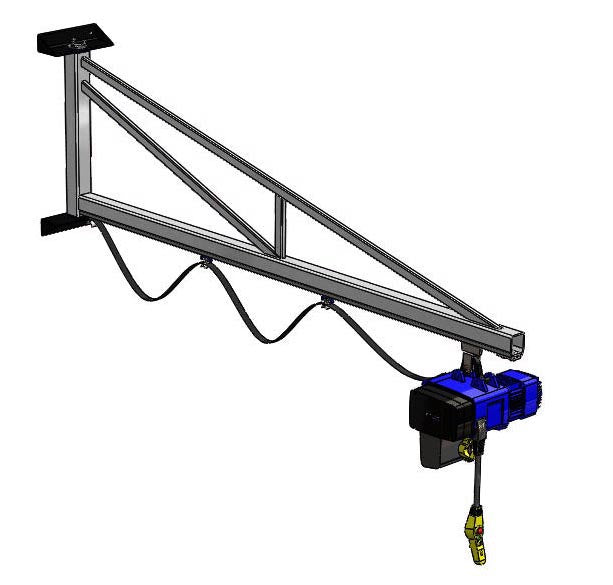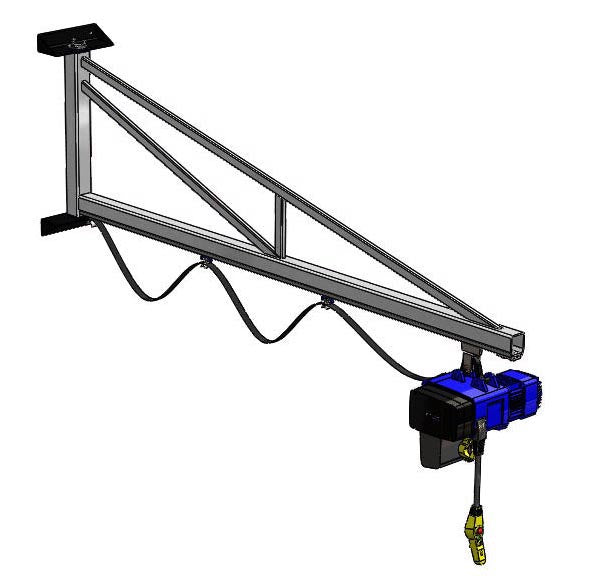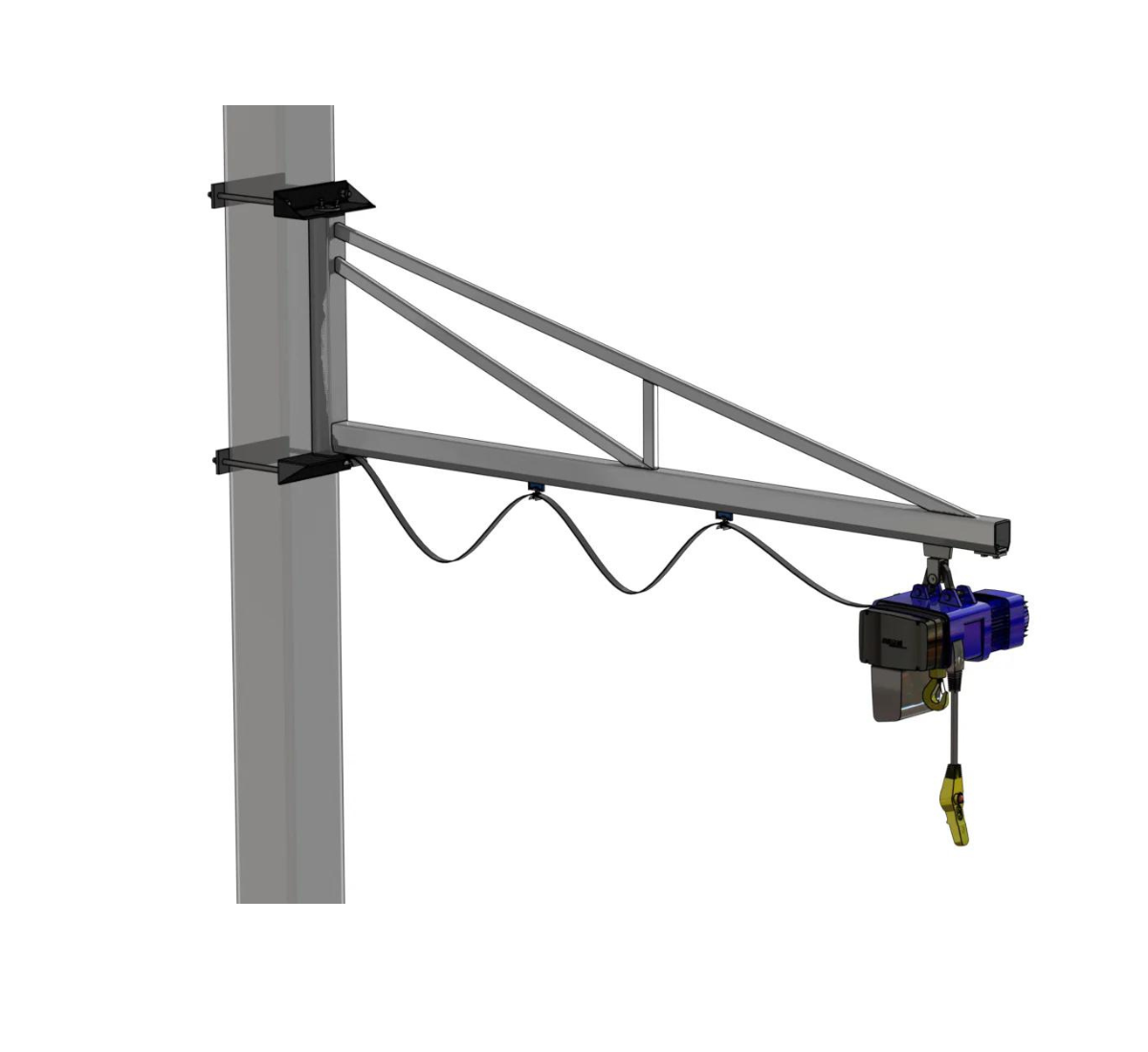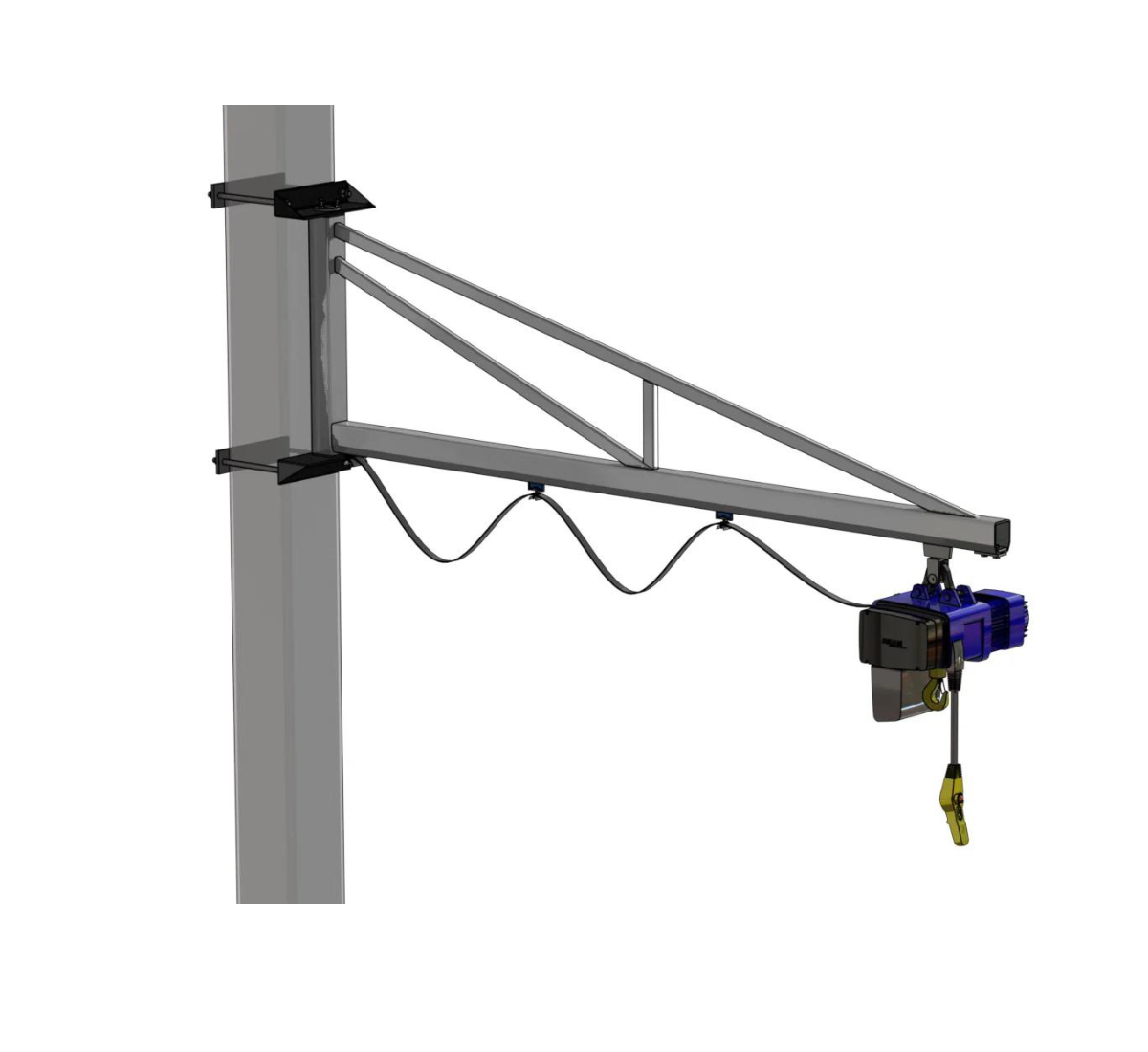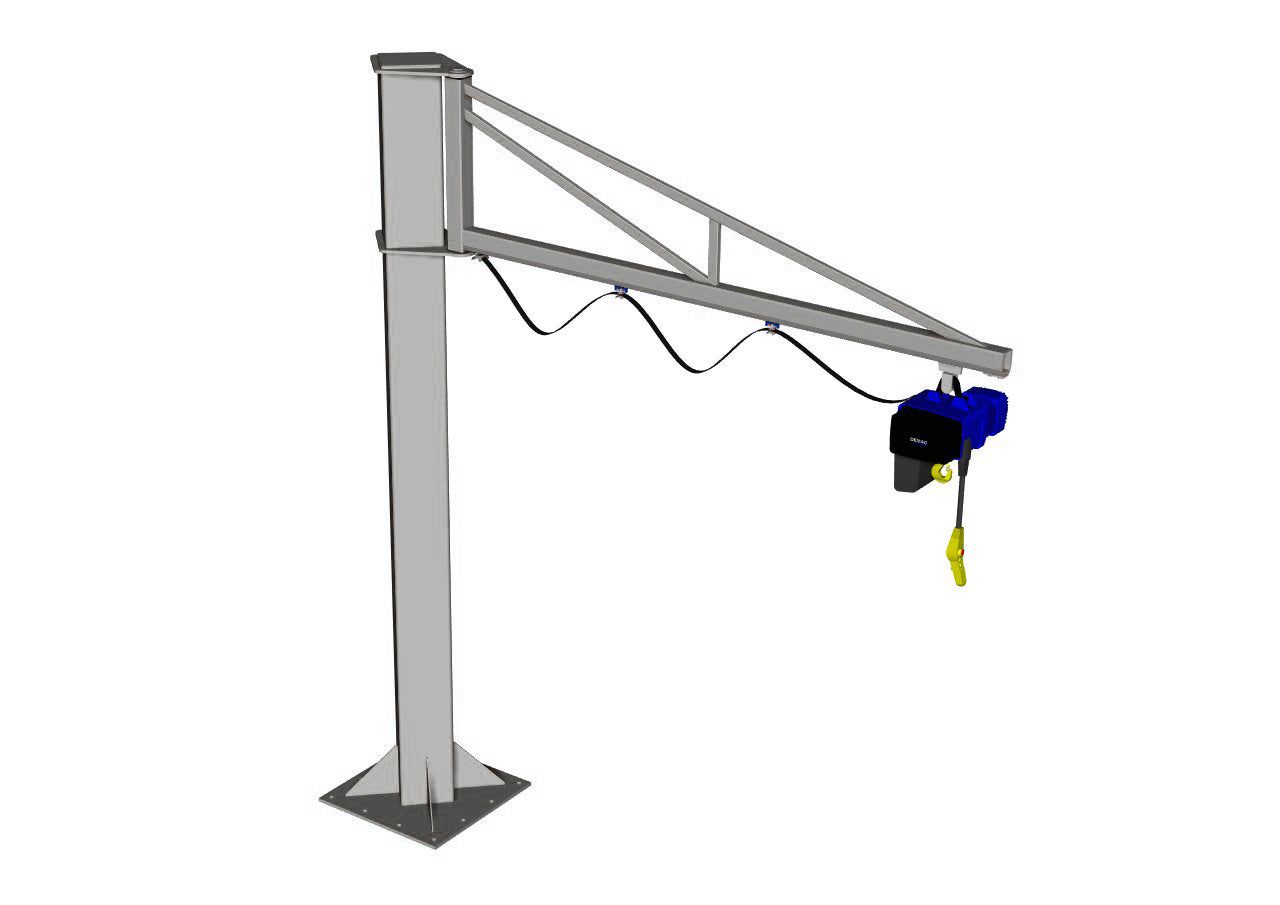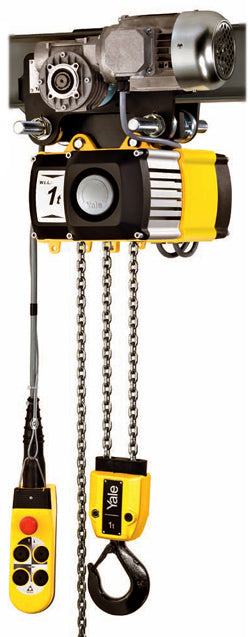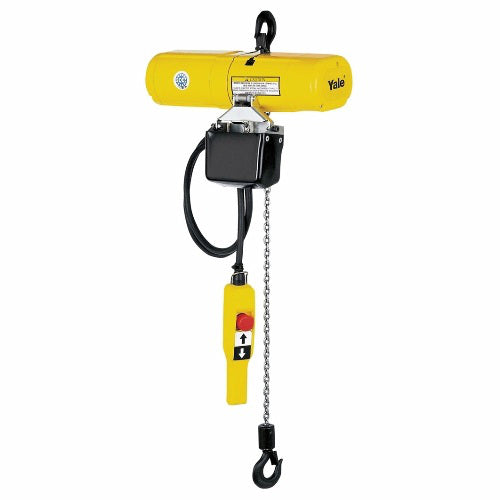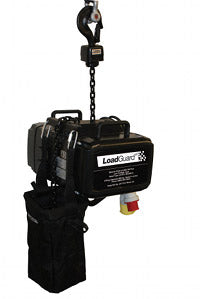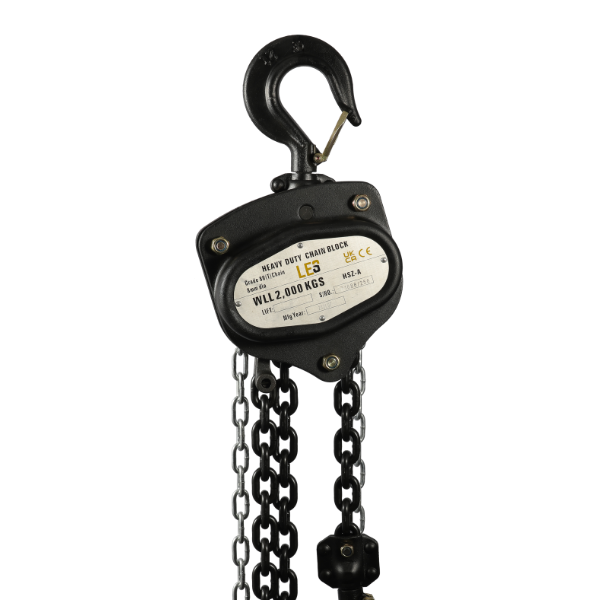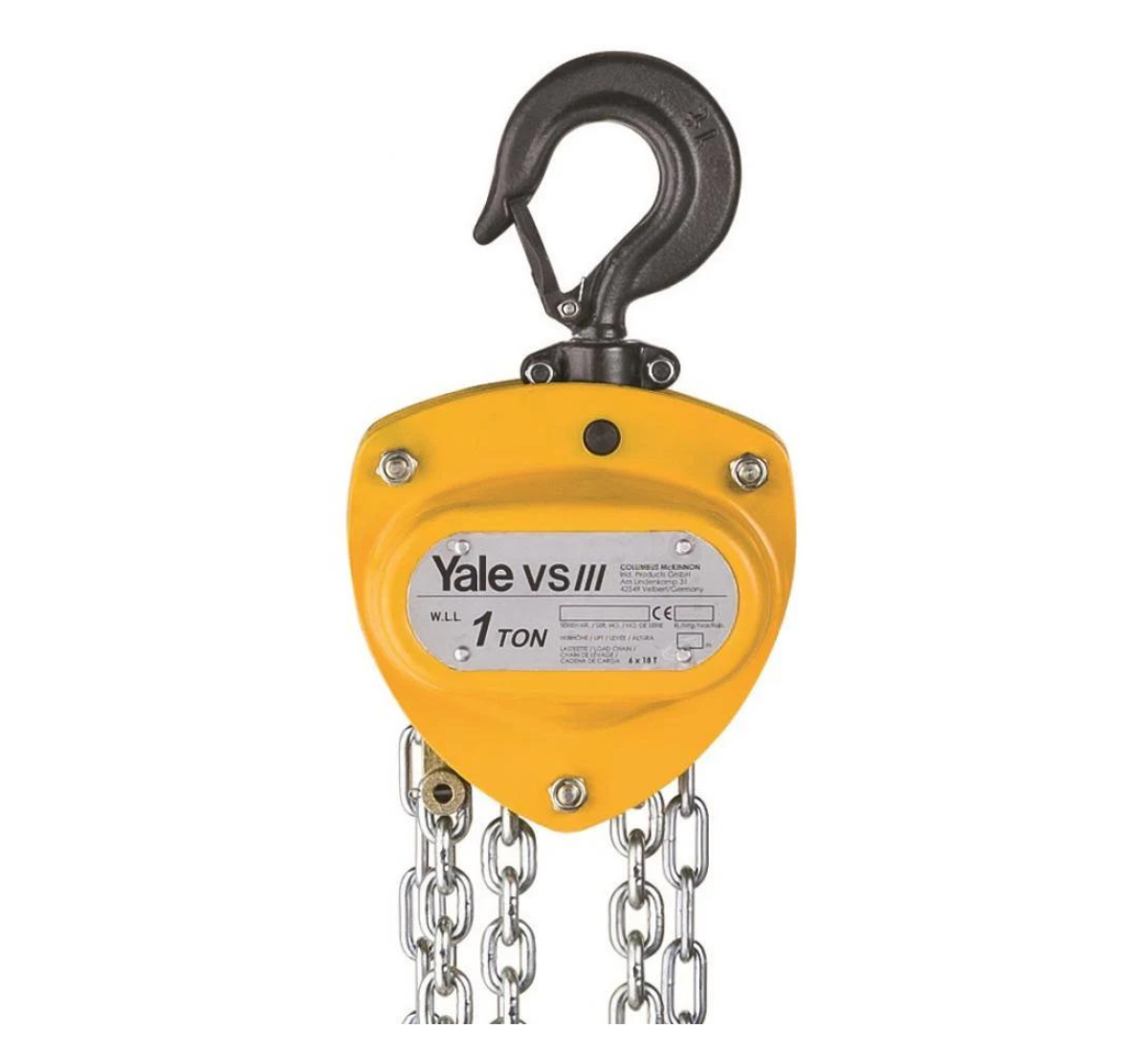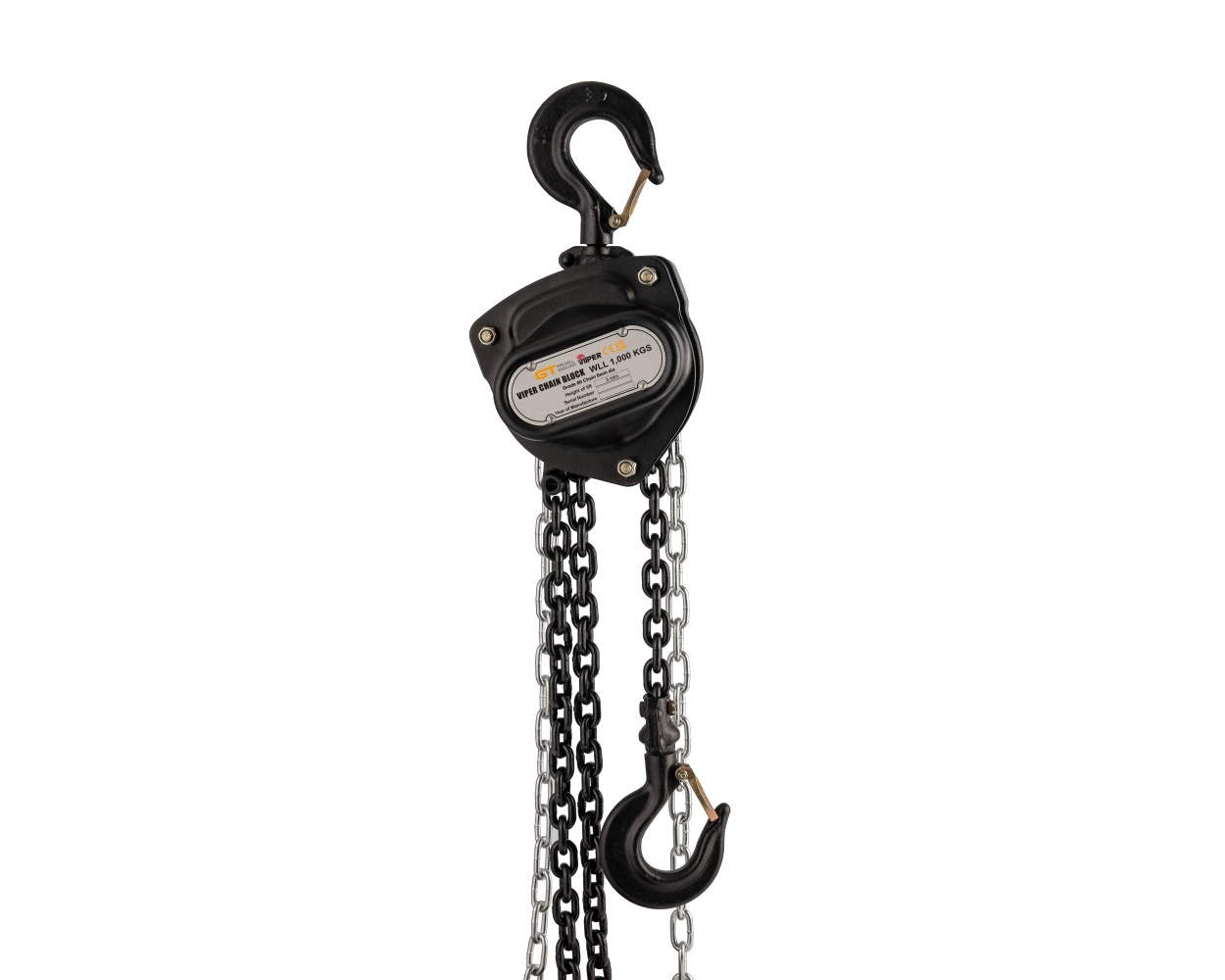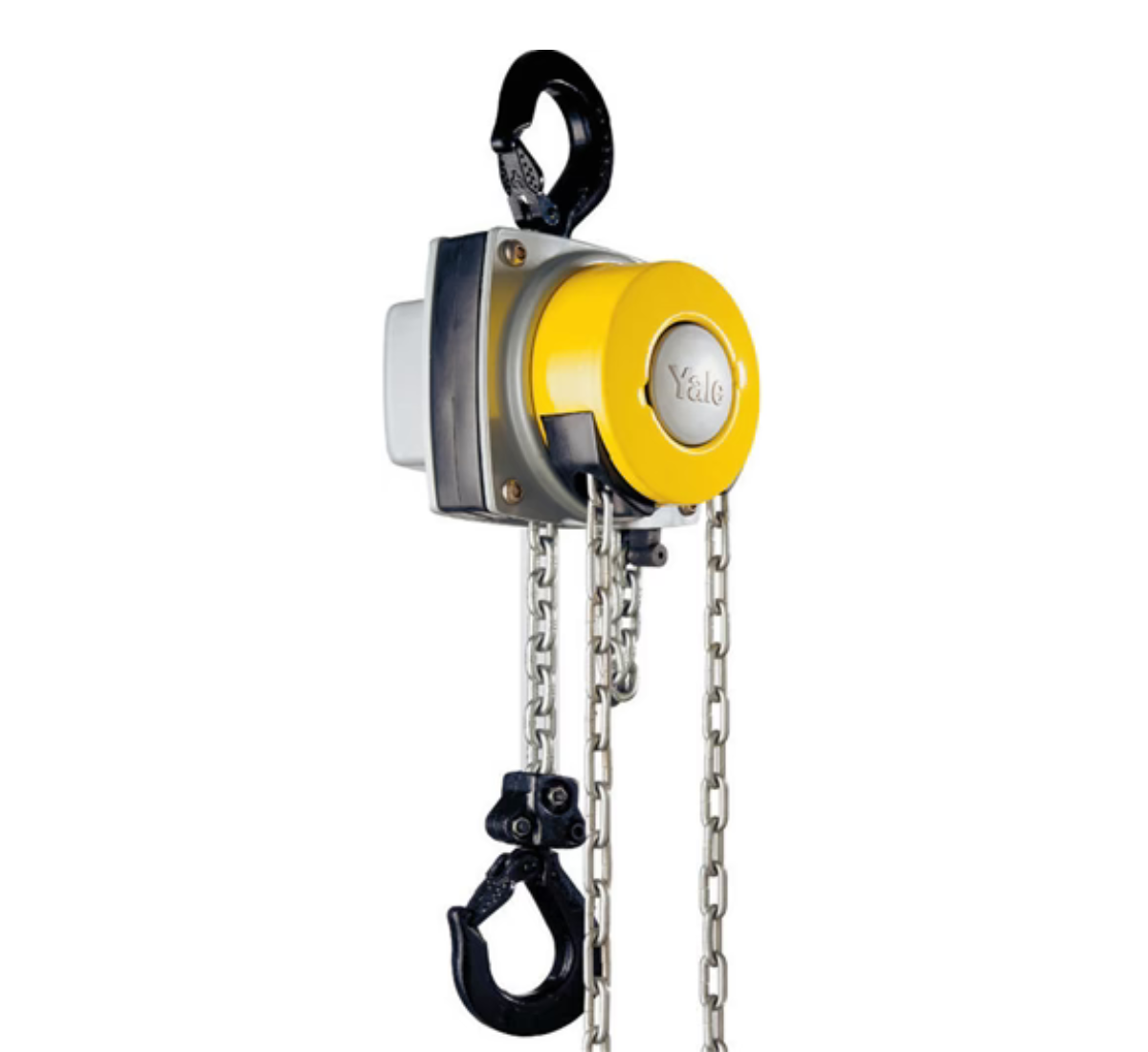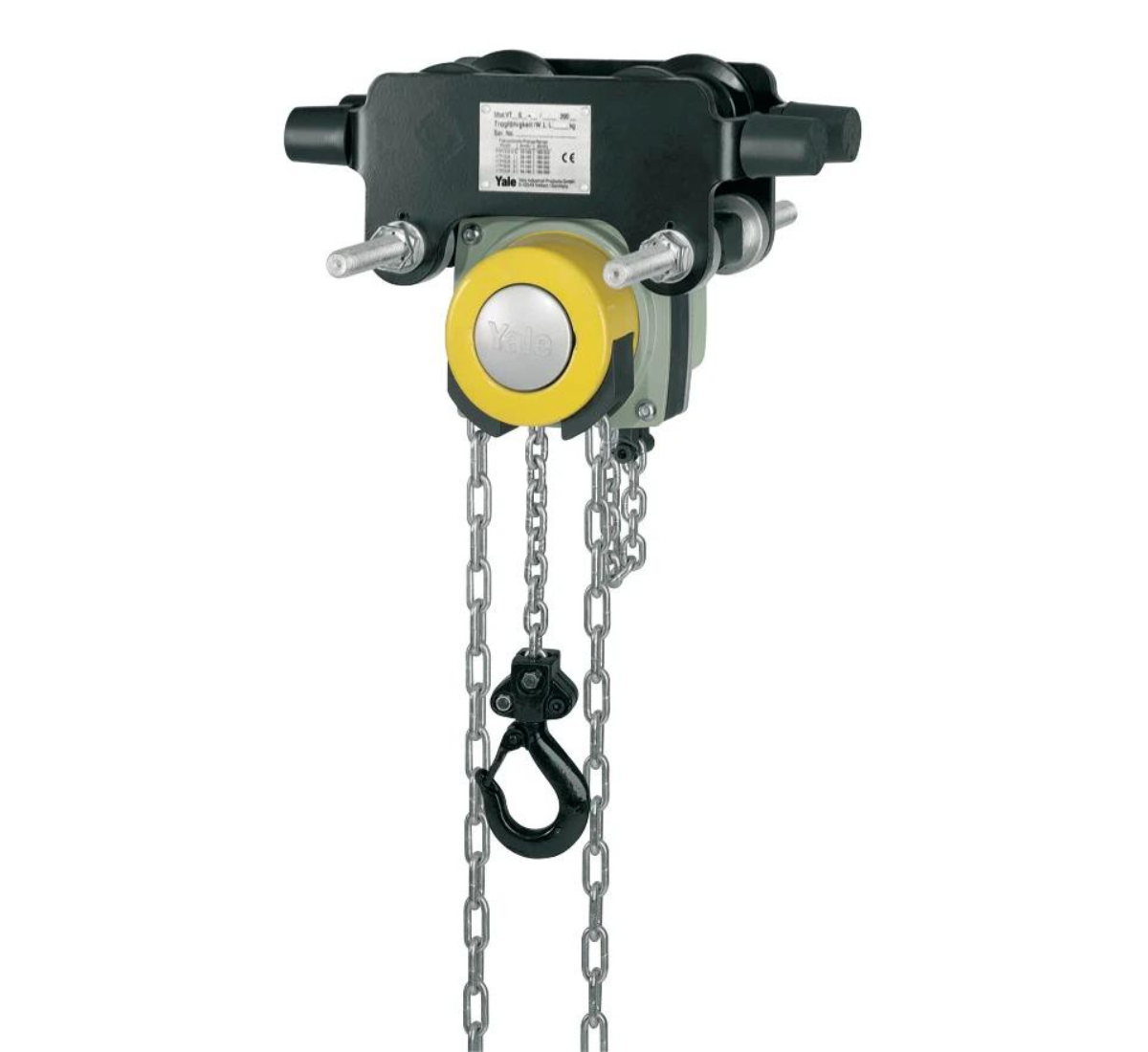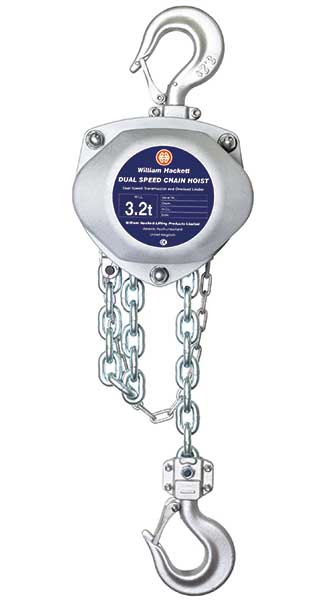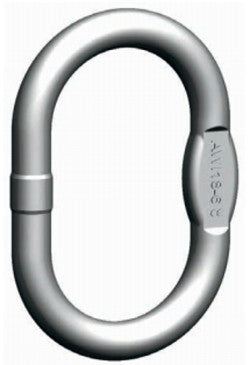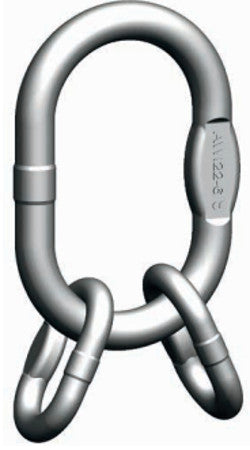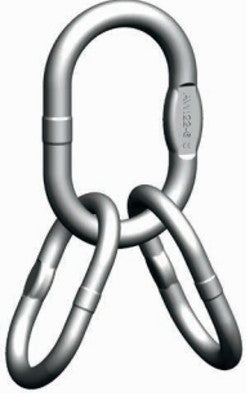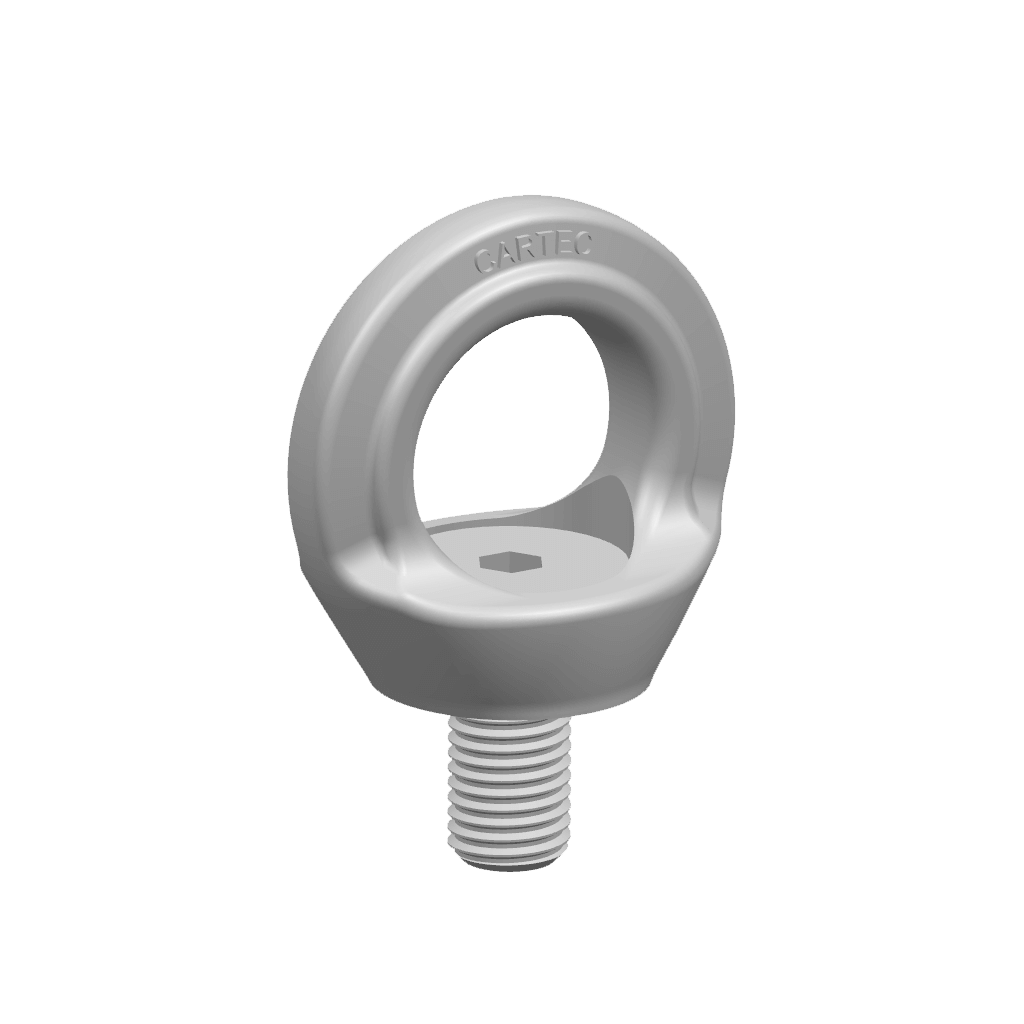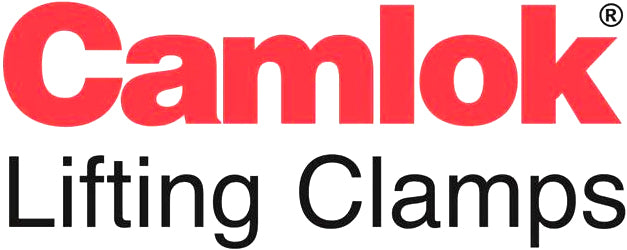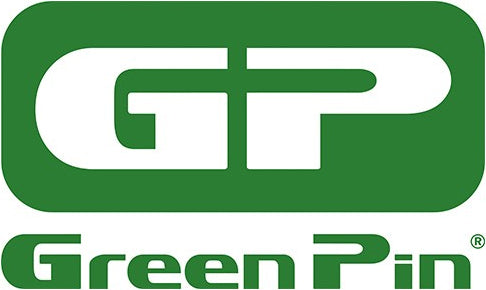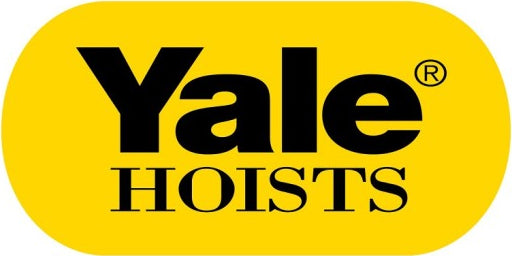Food & Beverage
The food and beverage industry is one that we, quite literally, could not live without. With the development of globalisation an d rising populations, it has never been more crucial than today that this industry is running safely and efficiently.

The food and beverage industry is one that we, quite literally, could not live without. With the development of globalisation and rising populations, it has never been more crucial than today that this industry is running safely and efficiently. Mass market food production keeps our supermarkets stocked and food on the table, and it wouldn’t work without the complex network of manufacturing, production, storage, and distribution processes we have developed over the years.
The role of lifting equipment in the food and beverage industry
Lifting equipment plays a crucial role throughout the stages of the food and beverage industry. Let’s have a look at where lifting equipment might come in:
Manufacturing and Production:
The lifecycle of the food and beverage industry starts at manufacturing and production of products. Food production involves a significant amount of material handling. This can include ingredient handling, such as large quantities of raw ingredients like grains, sugar, oils etc. Machinery installation and maintenance also requires the right lifting equipment. In manufacturing facilities, large machinery is often required for processing, mixing and packaging. Lifting equipment enables safe and efficient installation and maintenance of this machinery. Occasionally, machinery on the production lines needs to be reconfigured to meet changing demands and having the right lifting equipment on hand makes this flexible and efficient.
Storage and Warehousing:
Once food products have been manufactured and packaged, storage needs to be carefully considered. Properly managing inventory and ensuring safe and easy access to items are key to efficient operations. Lifting equipment is especially useful when moving pallets of products for storage within warehouses. Whether warehouses are getting products ready for distribution, or utilising vertical storage to maximise space; lifting equipment is crucial in the safe and efficient transportation of goods within a warehouse. If you’d like to read more on what kinds of lifting equipment could be useful in warehousing and logistics, read our article here.
Distribution:
Once food and drink products are manufactured, the last stage of the process is distributing finished products from manufacturing or storage facilities to retailers, wholesalers or end consumers. Lifting equipment plays an important role here, enabling workers to safely and efficiently load and unload trucks and secure loads for transport. This minimises the risk of injury or damage to goods during distribution. Safety and a low likelihood of damaged goods both contribute to a more efficient workplace and higher customer satisfaction.
What lifting equipment can I expect to see in the food and beverage industry?
Cranes:
We see a variety of crane configurations in food production such as overhead cranes, gantry cranes, and job cranes. Cranes provide versatility and precision when lifting heavy loads, machinery and materials in manufacturing facilities. This makes them essential for common tasks such as moving ingredients, positioning equipment and handling finished products.
Hoists:
Hoists can be used in conjunction with cranes or independently for vertical lifting. Wire rope hoists and electric chain hoists are some of the most commonly employed for lifting and moving heavy goods, and they are particularly useful for lifting containers of raw ingredients, moving machinery components, and positioning machinery on production lines.
Forklifts and Attachments:
Forklifts are an indispensable piece of equipment for material handling in manufacturing plants, warehouses and in distribution. Their primary use is to lift, transport and stack pallets of raw ingredients, packaging materials and finished products. They enable goods to be transported efficiently and with ease.
Conveyor Systems:
While they are not traditional lifting equipment, conveyor systems play a crucial role in transporting materials and products along production lines in the manufacturing and packaging stages. They help to streamline processes by automatically moving items between different stages of production, reducing the need for manual handling and improving efficiency.
Scissor Lifts:
When lifting workers to different heights, it’s essential that they have a stable platform in order to ensure their safety. This is where scissor lifts come in. In the food and beverage industry, this could be for accessing elevated equipment or performing maintenance work.
Pallet Jacks:
Pallet jacks, also known as pallet trucks or pump trucks, are devices designed for moving palletized loads. They are most commonly used in warehouses or production facilities to transport goods between storage areas, loading docks, and production lines.
Food & Beverage Collections
Maintaining a Safe Working Environment
There are many regulatory acts that work in conjunction to ensure safety in all aspects of the food and beverage industry. Most prominently, when looking at lifting equipment, you’ll need to follow the LOLER (1998) and PUWER (1998).
LOLER ‘98 (Lifting Operations & Lifting Equipment Regulations 1998) applies to all lifting equipment used in the workplace, including the food and beverage industry. It’s important to understand the LOLER requirement and follow the regulations to maintain the safety of workers.
PUWER ‘98 (Provision and Use of Work Equipment Regulations1998) is in place to ensure that lifting equipment is being used appropriately and for its intended purpose. Under PUWER it is also crucial that all relevant risk assessments and control measures are in place and up-to-date to ensure maximum safety when lifting heavy loads and operating lifting equipment.
HSE recommends that where possible, partial or full mechanisation of the handling of loads over 25kg should be implemented to protect employees from injury.




